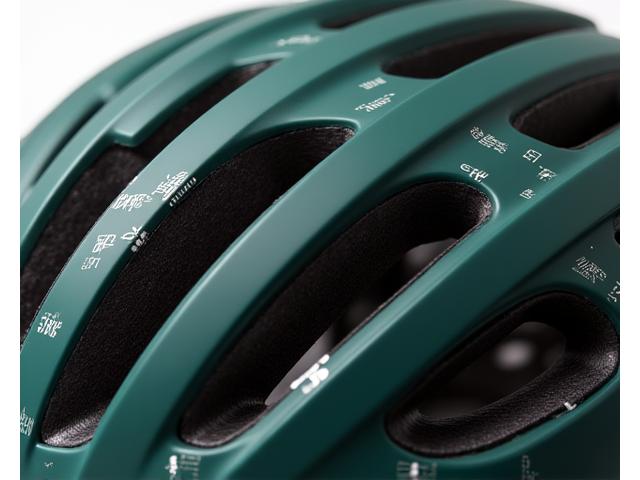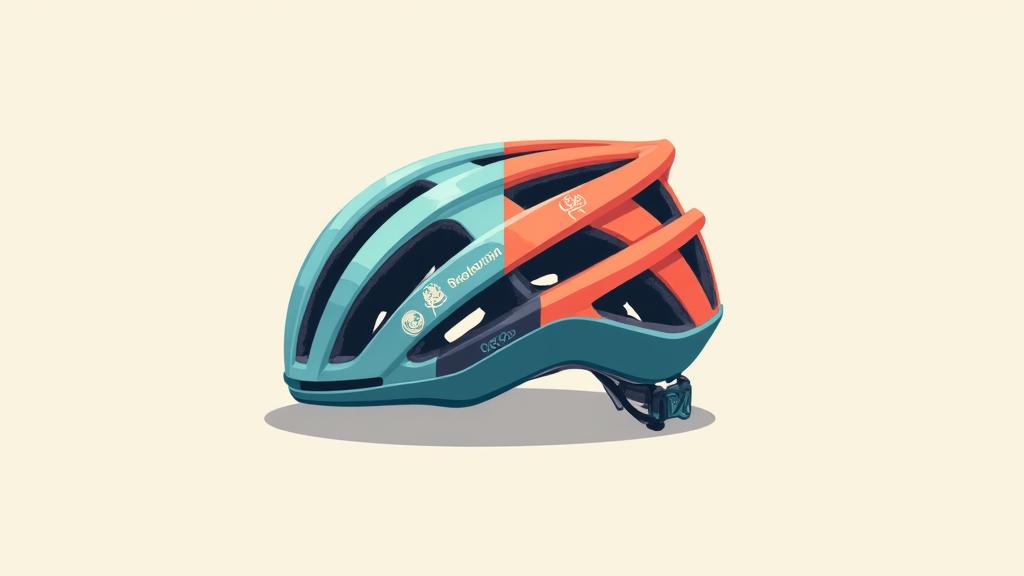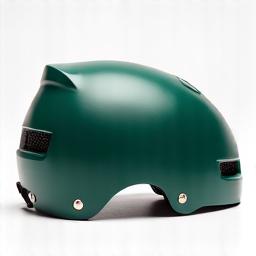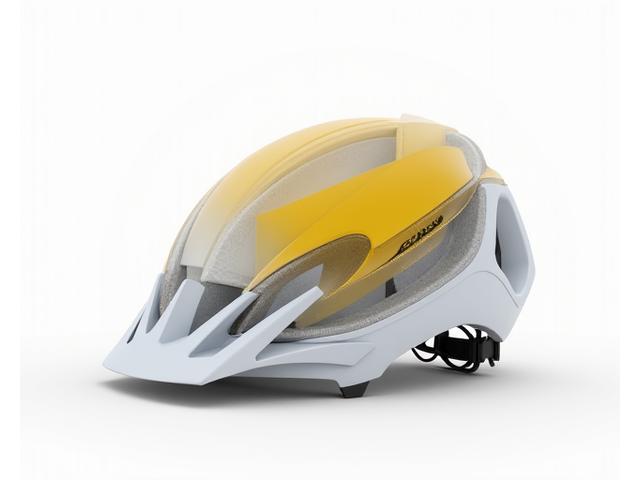Advanced Protection for Every Mile
Your safety starts with the right helmet – discover touring-specific protection that doesn't compromise comfort, featuring professional-grade helmets designed for the unique demands of long-distance cycling adventures.
On the open road, unforeseen circumstances demand superior protection. Our helmets are engineered to provide maximum safety, adhering to and exceeding global standards like CPSC, EN1078, and ASTM. Every Epic Rides Gear helmet undergoes rigorous extended comfort testing on multi-day tours, ensuring they perform flawlessly mile after mile. We focus on advanced ventilation systems to keep you cool and focused, alongside impact protection technologies specifically calibrated for touring scenarios.
- All helmets meet or exceed international safety standards
- Extended comfort testing on multi-day tours
- Advanced ventilation systems for all-day wearing
- Impact protection specifically designed for touring scenarios

Choosing Your Perfect Touring Helmet
Selecting the ideal helmet involves more than just size. Consider your tour type, climate, and essential features to ensure optimal protection and comfort.
Tour Type & Terrain
Are you tackling smooth asphalt, rugged gravel, or technical mountain trails? Road touring helmets prioritize aerodynamics and maximum ventilation, while off-road or mountain touring helmets offer increased coverage around the back and sides of the head, often with visors for sun and debris protection.
Climate & Ventilation
Long rides in hot, humid conditions require helmets with ample vents and internal channeling to promote airflow and prevent overheating. For cooler climates, fewer vents might be acceptable, but breathability always contributes to comfort by managing sweat and maintaining a stable head temperature.
Weight & Features
Every gram matters on multi-day tours. Lighter helmets reduce neck fatigue. Beyond the basics, consider integrated lights for visibility, mounts for action cameras, or MIPS (Multi-directional Impact Protection System) for advanced rotational impact protection. Our detailed sizing guide ensures a snug, secure fit.

Our Top-Rated Touring Helmets
Hand-picked for performance, durability, and comfort on the longest rides.

Experience unparalleled airflow and minimal drag. Ideal for high-speed road touring and long-distance endurance rides. Features 24 optimized vents and MIPS integration.
View Details
Built for the unbeaten path. Extended rear coverage, reinforced shell, and adjustable visor provide robust protection for gravel and mountain touring. Equipped with multi-density foam.
View Details
Our lightest touring helmet, perfect for long-haul comfort across varied terrains. Its minimalist design doesn't compromise safety or ventilation. Only 280 grams.
View Details
Maximize your presence on the road. Featuring integrated rechargeable LED lights (front and rear) and reflective decals for ultimate day and night visibility.
View DetailsAdvanced Safety Technology Explained
Understanding the innovations that keep you safe on the road.
Modern bike helmets are far more than just a foam shell. They integrate sophisticated technologies designed to mitigate impact forces, manage rotational energy, and ensure breathability for prolonged use. Take MIPS (Multi-directional Impact Protection System) for instance: this low-friction layer inside the helmet mimics the brain's own protective system, allowing the head to slide relative to the helmet on an angled impact, significantly reducing rotational violence to the brain.
Beyond impact absorption, ventilation engineering is crucial. Our helmets utilize precise channeling and vent placement to create a 'Venturi effect,' drawing cool air in and expelling hot air out. This isn't just about comfort; it's about maintaining focus and preventing fatigue on multi-hour rides. Retention systems, too, have evolved, offering micro-adjustability and secure, comfortable wraps around the head, ensuring the helmet stays in optimal position always.
- MIPS technology for rotational impact protection
- Optimized ventilation engineering for temperature regulation
- Advanced impact foam materials for superior energy absorption
- Precision retention systems for a secure, custom fit

How to Properly Fit Your Touring Helmet
A perfectly fitted helmet is your primary defense. Follow these steps for optimal safety and comfort.
Watching our detailed video tutorial is the best way to ensure an accurate fit. Remember, a helmet should be snug but comfortable, sitting level on your head, with the front edge about two finger-widths above your eyebrows. The straps should form a 'V' shape just below your earlobes, and the chin strap should be tight enough that the helmet doesn't move more than an inch in any direction when you shake your head.
Step-by-Step Fitting Guide:
- Measure Your Head: Use a flexible tape measure to find the circumference of your head, just above the eyebrows.
- Choose the Right Size: Refer to our helmet sizing chart. When in doubt, try the next size up or down.
- Position Correctly: The helmet should sit level and low on your forehead, not tilted back.
- Adjust Retention System: Use the dial or sliding mechanism at the back to secure the helmet until it's snug without causing pressure points.
- Adjust Straps: Position the side straps so they meet just below your ear. The chin strap should be tight enough to prevent movement, allowing only one finger to fit between strap and chin.
- Perform the 'Shake Test': Shake your head side to side and front to back. The helmet should not shift significantly.
Find Your Perfect Touring Helmet Today
Choose your touring helmet and ride with confidence. Explore our full collection designed for endurance, safety, and ultimate comfort on every journey.
Not sure which helmet is right for you? Our expert team is ready to provide personalized fitting assistance and answer all your questions. We stand by our products with a comprehensive size exchange policy and a fit guarantee.
Browse All Helmets Get Personalized AdviceSign up for our newsletter to receive exclusive tips on helmet maintenance and safety updates.